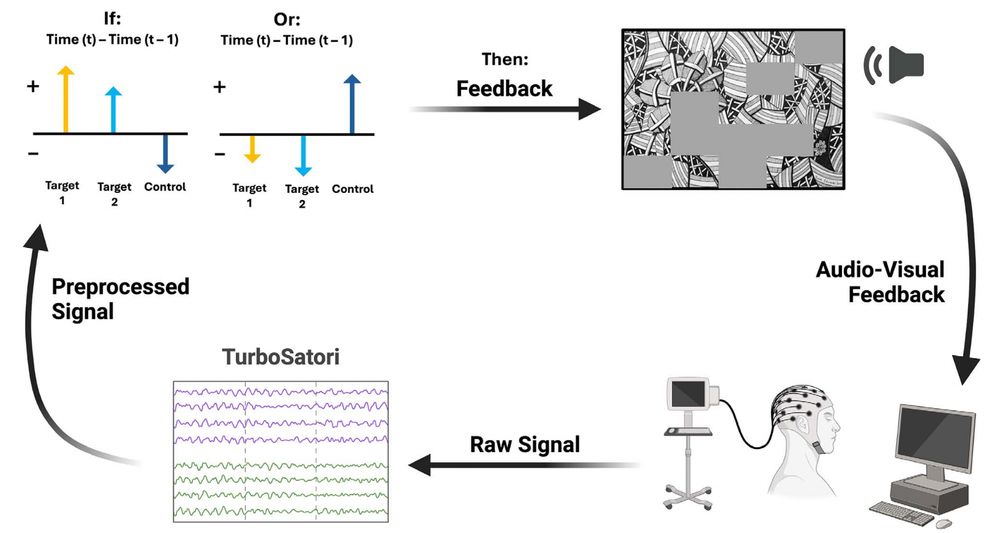@simoneluchini.bsky.social
64 followers
73 following
20 posts
Graduate student at Penn State University, working in the Cognitive Neuroscience of Creativity Lab
www.simoneluchini.com
Posts
Media
Videos
Starter Packs
Pinned









